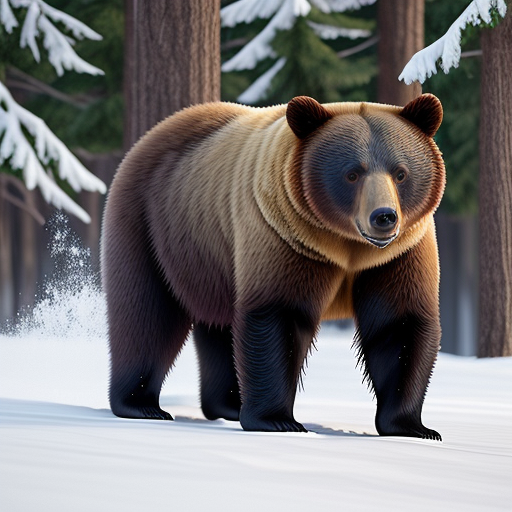Bears are fascinating creatures that belong to the family Ursidae and are found in different parts of the world, including North America, Europe, and Asia. They vary in size and appearance depending on the species, with the polar bear being the largest and the panda bear being the smallest. Bears are known for their incredible strength, agility, and adaptability, making them highly successful predators in their respective habitats.
One of the most recognizable features of bears is their robust build and distinct snout. They have strong muscles and sharp claws that allow them to dig, climb trees, swipe at prey, or defend themselves when necessary. Bears have an excellent sense of smell, enabling them to locate food from great distances. Their diet varies depending on the species and the environment they inhabit. For example, polar bears primarily feed on seals, while brown bears have a more diverse diet that includes fruits, nuts, fish, and even smaller mammals.
Bears are generally solitary animals, except during the mating season or when a mother is caring for her cubs. They are intelligent creatures that exhibit complex behaviors and social interactions. While some bears may hibernate during the winter months, others remain active all year round. Despite their formidable appearance, bears are often misunderstood as aggressive or dangerous. However, they typically avoid human contact unless provoked or threatened.
Conservation efforts are crucial for the survival of bear populations worldwide, as many species face various threats, including habitat loss and fragmentation, poaching, and climate change. Bears play an essential role in maintaining healthy ecosystems by regulating prey populations and dispersing seeds through their feces. It is important for us to understand and appreciate these magnificent creatures to ensure their preservation and coexistence with humans in the future.
